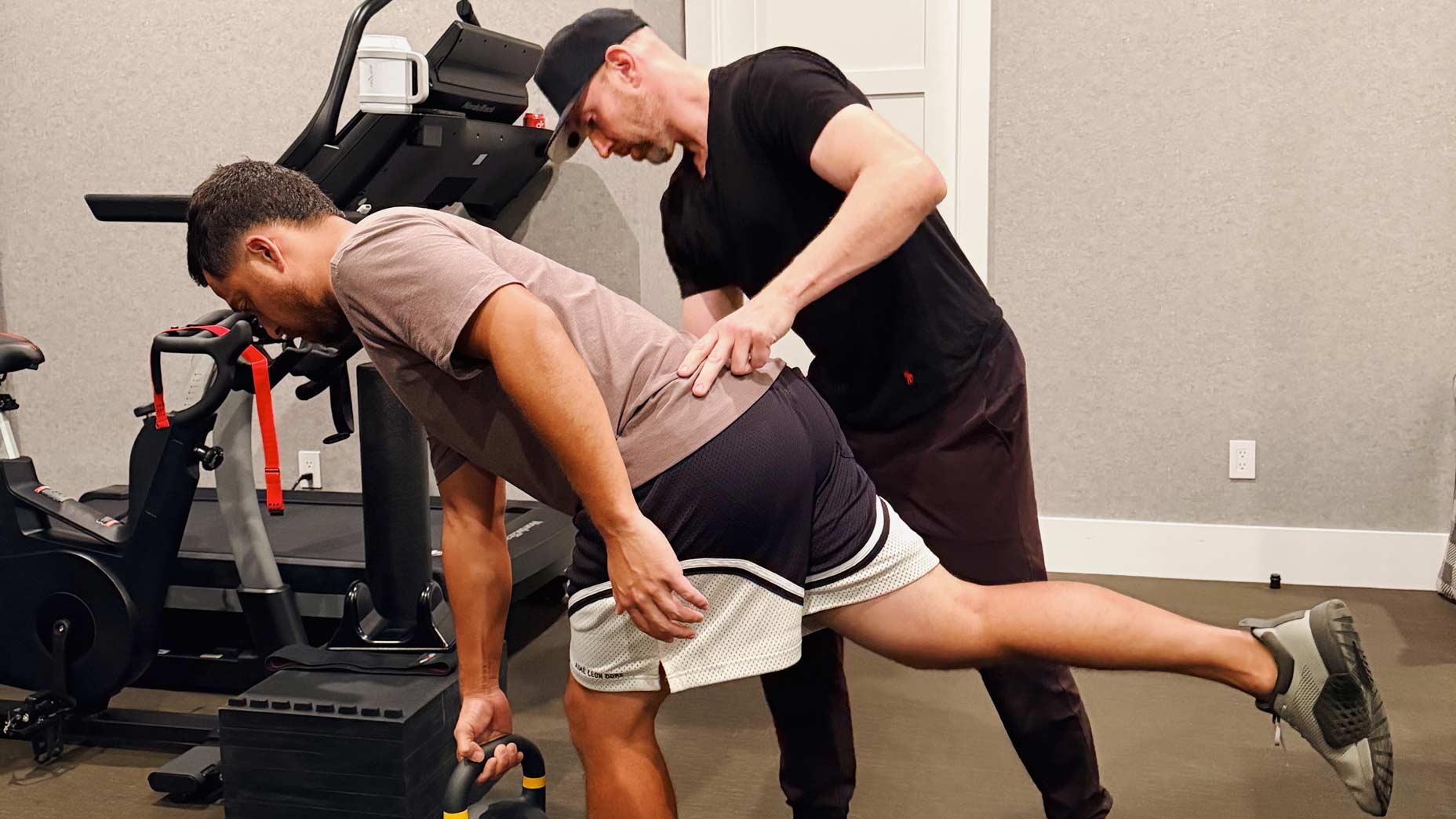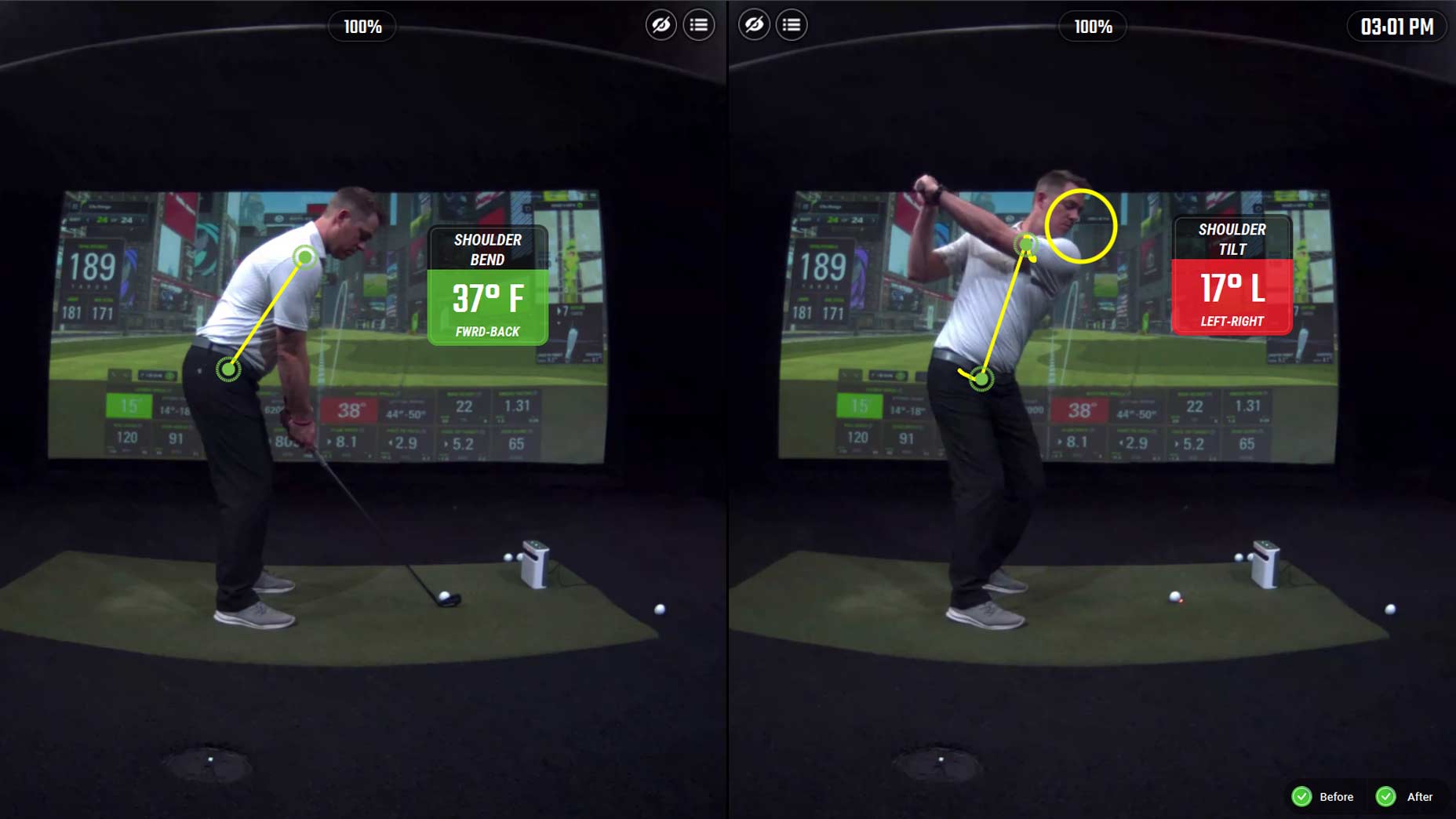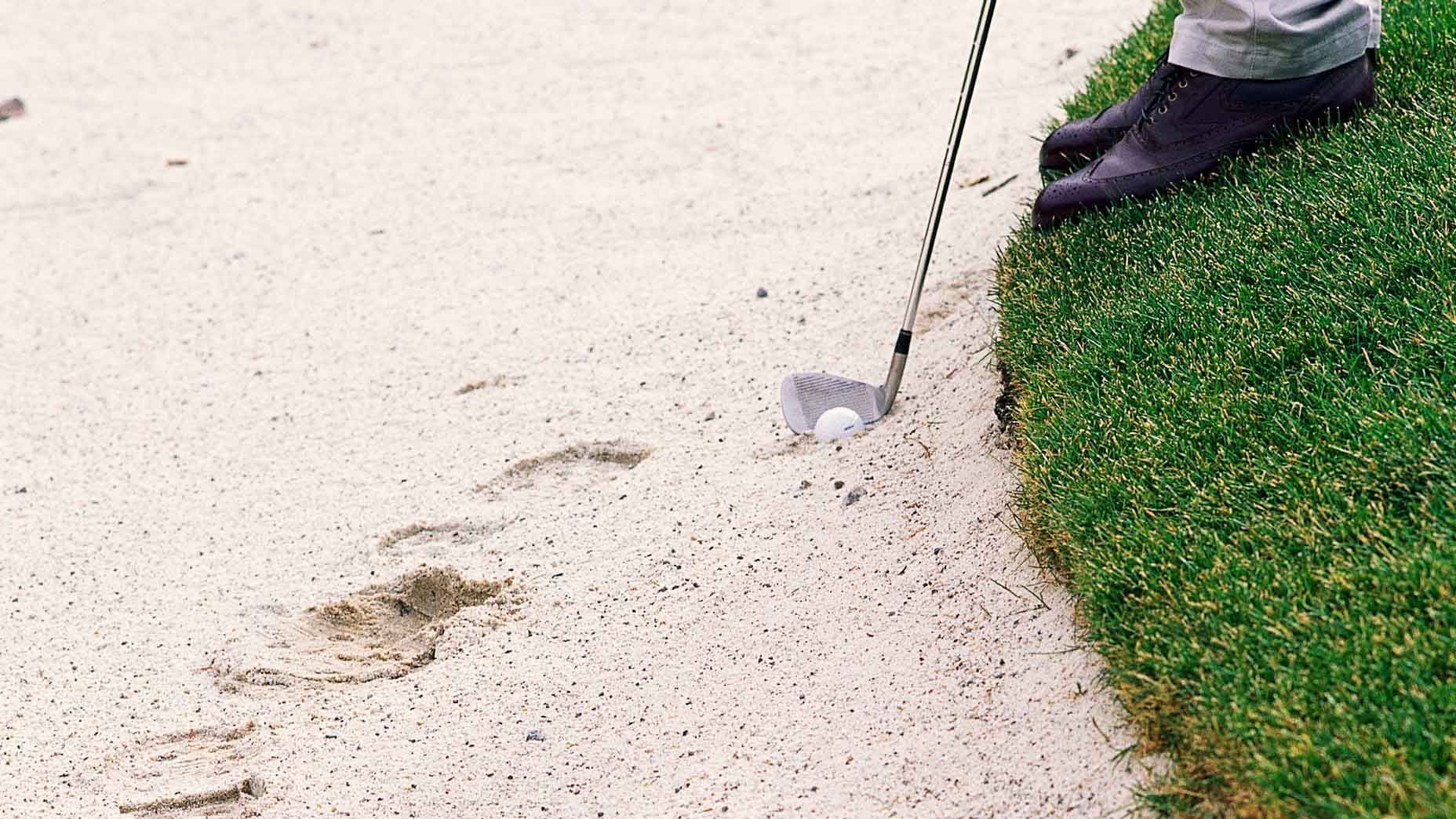I often see students who are great at technique on the range but struggle to transfer to the golf course. I also often hear that players struggle with a lack of consistency in general.
It’s difficult to be consistent if you’re constantly changing your approach to the ball from one swing to the next. Here are some pointers to help you setup for success on your next golf shot.
1. Assess the situation
Wind direction and strength, elevation, and the lie of the ball should all be taken into account here. From the information you gather, calculate a playing yardage. This yardage is different from the exact yardage you can see on a distance-measuring device. A playing yardage factors in how much longer or shorter the shot be will based on the conditions. Accuracy at this step is vital to avoid doubt later in the routine.
2. Select a club
When picking a club for your playing yardage, it’s important to choose one that covers the entire yardage — especially if you’re playing yardage requires you to club up. You also need to pick a target and a start line. Most shots do not fly pin-straight, they curve. So, depending on your personal shot curve, your ultimate target should be slightly different than your start line, to give your ball room to curve. Remember: Your longer clubs will curve more than your shorter ones, so for 7-irons and longer, factor in for more movement than you would for shorter clubs because of the loft of the club. Higher-lofted clubs don’t curve as much.
3. Take a practice swing
After you select your club, target and start line, you can then visualize and rehearse a swing that allows you to feel the swing shape needed to produce what you visualized.
4. Step in to the shot
From the end of your practice swing, visualize your shot while breathing and walking into your setup. It is important to make sure body and club are not losing movement. A waggle, shrug of the shoulders, and step-step with your feet can help maintain your feel for the shot.
5. Fire away!
You’re ready to hit! The more you practice these steps, the more you’ll get comfortable with the timing. If you perform the motions too quickly, you’ll feel rushed, and you may miss an element of calculation. If you go too slowly, you may start to feel doubt creeping in.
Remember, this approach is designed to give you a framework to address necessary information and help you prepare to hit the best shot. If you are lacking consistency, ask yourself if you practice the above consistently over all your shots on the course. If not, I truly believe this can help you find more of it the next time you play!
Carla Overhiser is the Lead Teaching Professional at The Breakers John Webster Golf Academy in Palm Beach, Fla.










